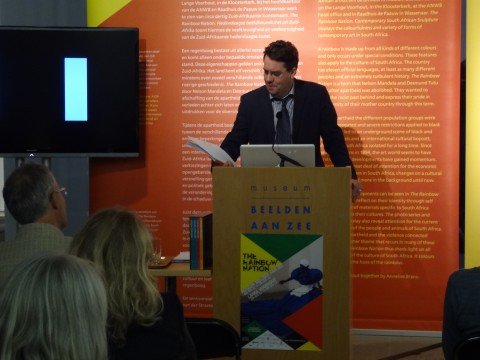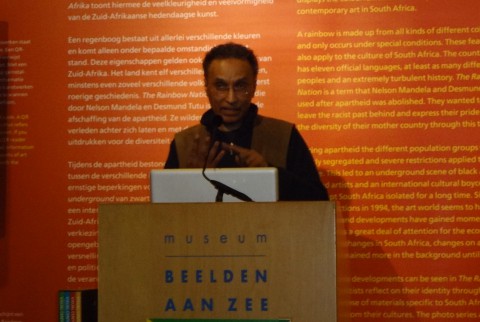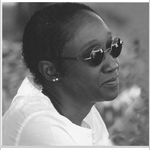This summer the Dutch Museum Beelden aan Zee curated ‘Rainbow Nation’, an exhibition of contemporary South African sculptures. In the final weekend the symposium ‘Mixing the Colors of the Rainbow’ was organised, to discuss the current status of South African art and art history. Head of exhibitions Dick van Broekhuizen started the evening with a short introduction to ‘Rainbow Nation’. To provide a contextual framework guest curator Annelies Brans-Van der Straeten referred to the historical time line of the new art historical encyclopaedia ‘Visual Century. South African Art in Context 1907-2007’. Editors of ‘Visual Century’ Gavin Jantjes and Lize van Robbroeck were invited to explain the realization of this historical overview and the accompanying struggles with methodology. Dutch art historian and curator Esther Schreuder was invited to present her view on South African art history.
More



